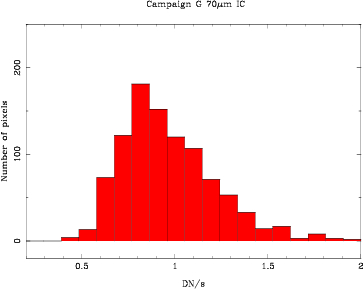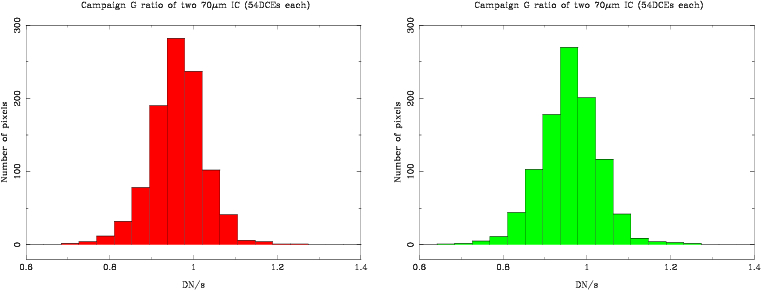
Figure1. 70micron Illumination Correction created with mips_enhancer displayed from z1=0. to z2=2. For this IC we combined the observations of one region of the sky for a total of 108DCEs.
Principal:
Deputy:
Analyst:
AORKEYS:
Last Updated:
We used mips_sloper
turning off the electronic non-linearity correction, mips_caler (using
the 70micron dark me_70_darka_CamG_10oct2003.fits)
and mips_enhancer with the following options:
mips_enhancer -SK -i listof70flats.txt -o me_70_ic_CamG_10oct2003 -C -dn

Figure1.
70micron Illumination Correction created with mips_enhancer displayed from z1=0. to
z2=2. For this IC we combined the observations of one
region of the sky for a total of 108DCEs.

Figure2.
Histogram of the 70micron Illumination Correction (108DCEs).

Figure2.
Ratios of two 70micron Illumination Corrections (each of them is the combination of
54DCEs) constructed with the region of the sky
observed in campaign G. The right panel shows the ratio of ICs constructed using
mean combine and the left shows the ratio of ICs constructed
using median combine.